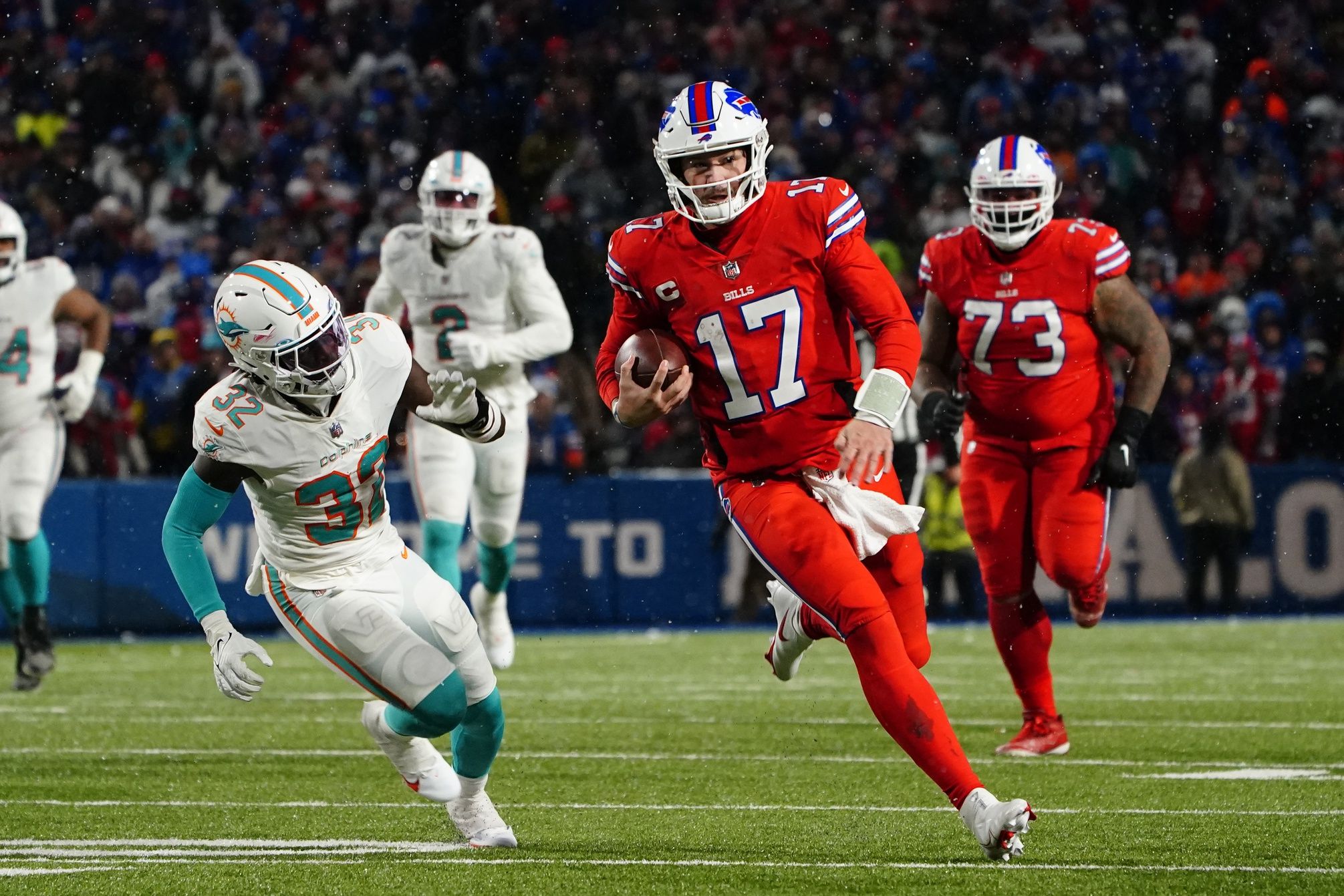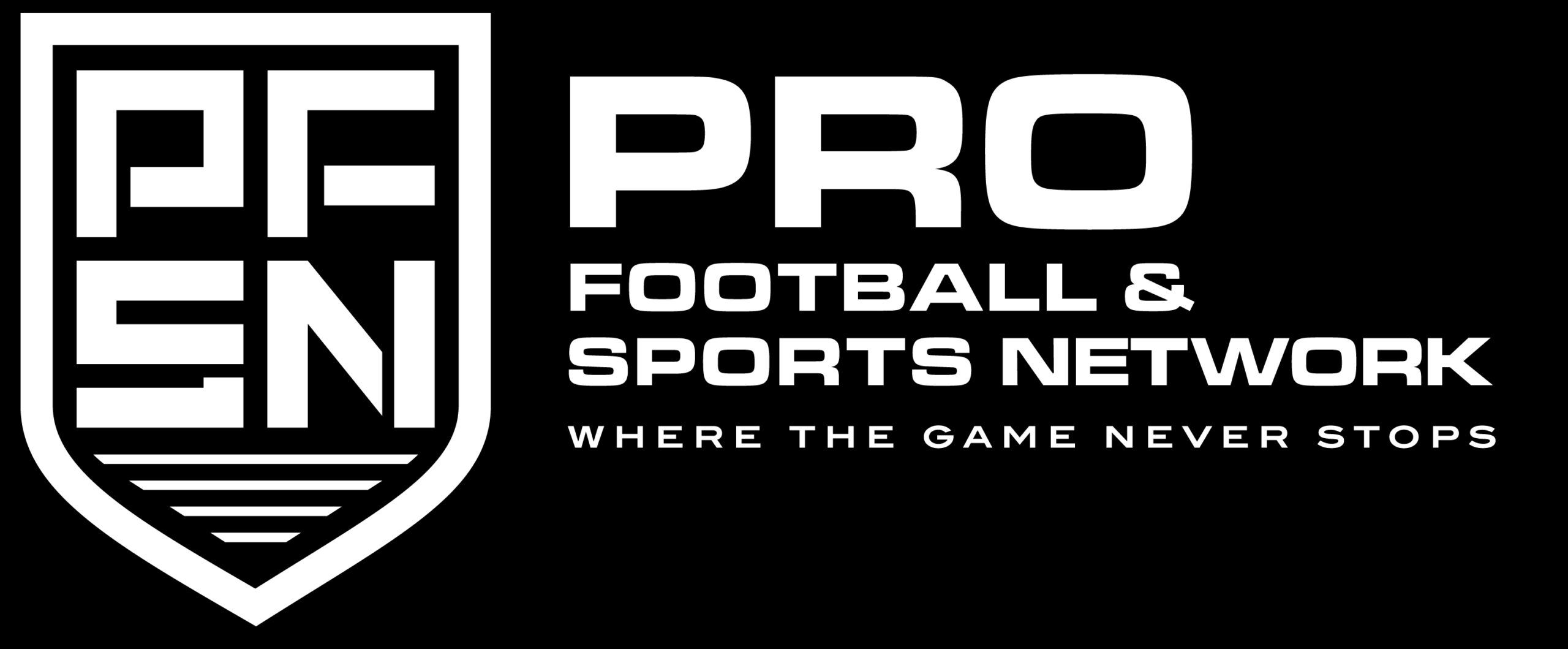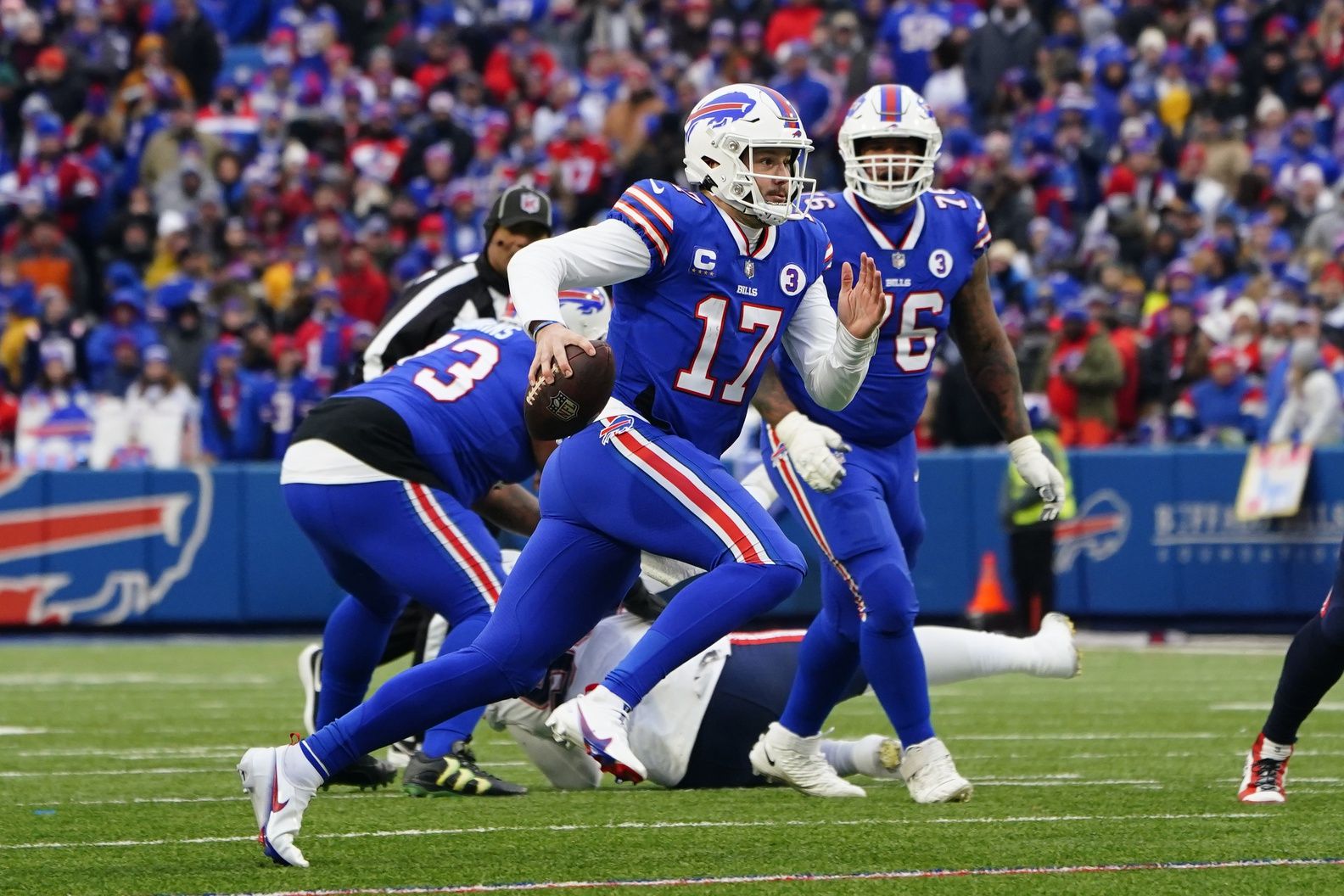As the NFL season approaches, there are hundreds of team-based storylines to track, interwoven with thousands of individual player storylines. One of the most consequential might be in Buffalo, where the nearly incomparable Josh Allen enters his prime years as one of the greatest dual-threat quarterbacks in history.
But is his do-it-all approach in the best interest of a franchise still hunting for its first Super Bowl title? Are the Buffalo Bills preparing to reduce Allen’s workload — both for the good of his career longevity, as well as the good of a team that’s on the verge of greatness?
How Josh Allen Landed in Buffalo
If great quarterbacks were easily identified, then Baker Mayfield would have been more successful than Patrick Mahomes. Great quarterbacks are developed along multiple winding paths that must meet at the same distant point.
In most cases, a great QB must be talented, respected by his peers, a capable learner, and a locked-in identifier of defensive maneuvers. Often, a great QB benefits from having an above-average offensive line (see: David Carr) and receivers who can elevate him to the same degree that he can elevate them.
Allen was the third QB selected in the 2018 draft, coming off a muted 11-game campaign at Wyoming, where he averaged just 165 passing yards while compiling only 16 passing TDs compared to six interceptions. He averaged only 18.5 rushing yards per game on a meek 2.2 yards per carry.
MORE: FREE Mock Draft Simulator With Trades
The Browns chose Mayfield with the No. 1 overall pick. It made perfect sense at the time. The Jets opted for Sam Darnold at No. 3 — also entirely sensible, given widespread glowing assessments by scouts and others.
This was the first draft for Bills GM Brandon Beane, who had never been a general manager before the team hired him the year before. But he and his team engineered a late trade with the Buccaneers, in which they unloaded two second-round picks in order to move up five spots to No. 7 overall. In doing this, they leapfrogged the Cardinals, which reportedly wanted Allen more than Josh Rosen.
This speaks to how much the Bills also wanted Allen. They parted ways with Tyrod Taylor — leaving their QB situation completely bare — to go all in on a guy they believed would be their next franchise quarterback.
Allen’s Dominance
It’s fair to wonder if the Bills — and certainly every other team — could have expected Allen to be this good.
As a rookie, he led the team with 631 rushing yards on a blistering 7.1 yards per carry. While it’s easy to knock his anemic passing attack in that first season, his four top receivers were Zay Jones, Robert Foster, Kelvin Benjamin, and Jason Croom.

Aside from Jones — who still hadn’t developed into the Jones we know today — if every other Bills receiver in 2018 had been put into cryosleep and awakened four years later, it’s a good bet that none would have even made the practice squad.
Buffalo proceeded to build an offense around Allen, who did his part by developing into one of the best dual-threat quarterbacks this league has seen. He’s already 13th in all-time QB rushing yards, with a good shot at jumping to No. 7 by December. And entering his age-27 season, Allen’s barely in his prime. In other words, he could be deemed one of the greatest ever by the age of 30, if not sooner.
Allen’s Workload
But is that in the best interest of Allen and his team? That’s the huge question, which has come up repeatedly over the years.
Head coach Sean McDermott understands that Allen is taking too many hits when he runs downfield. Even last year, McDermott expressed hope that Allen would run less.
However, even head coaches have limitations. Allen averaged a career-high 7.8 carries per game last season, up from 7.2 the year before — which had been his highest average since 2018. The fact is, when Allen sees an opening, he knows he’s capable of helping his team by exploiting the defensive lapse.
However, multiple signs point to a reduced workload for this franchise QB, who’s already put himself in harm’s way more than most players at his position ever have. For starters, he’s taken the most hits of his career during these past two campaigns, and he knows that he “can’t continue” to play that physically.
MORE: Where Does Buffalo Land in the NFL Offense Rankings?
Allen also led the league with 19 turnovers last year, including five lost fumbles. Running less should generate more ball security, which should open the door to longer drives. Sure, it would also mean fewer opportunities for Allen to pick up chunk yards on the ground. But that cost-benefit analysis increasingly bends toward the costs — more turnovers, and/or a season-altering injury to Allen.
Additionally, the team’s acquisition of RB Damien Harris and drafting of TE Dalton Kincaid speak volumes about Buffalo’s 2023 plans. Last year, Allen led all quarterbacks in red-zone rushing attempts, accounting for 30% of Buffalo’s carries inside the opposing 20.
Harris brings red-zone-conversion expertise and experience, taking pressure off Allen to make big plays on the ground. Meanwhile, Kincaid gives Allen one of the best young TE weapons in the league — a rookie who could become one of his four top targets as soon as Week 1, especially if the team utilizes more two-TE sets. This could free up Allen to operate a bit more as a pocket passer because defenses could have an even tougher time slowing down this improved receiving corps.
In the end, Allen and the Bills can agree that a Super Bowl title is the ultimate goal. The team has given him everything he needs to thrive as a traditional quarterback and a backfield to take pressure off him as a rusher. While he’ll continue to pick his moments on the ground, the conditions are ripe for a reduced rushing role in favor of a more robust RB and passing attack.

